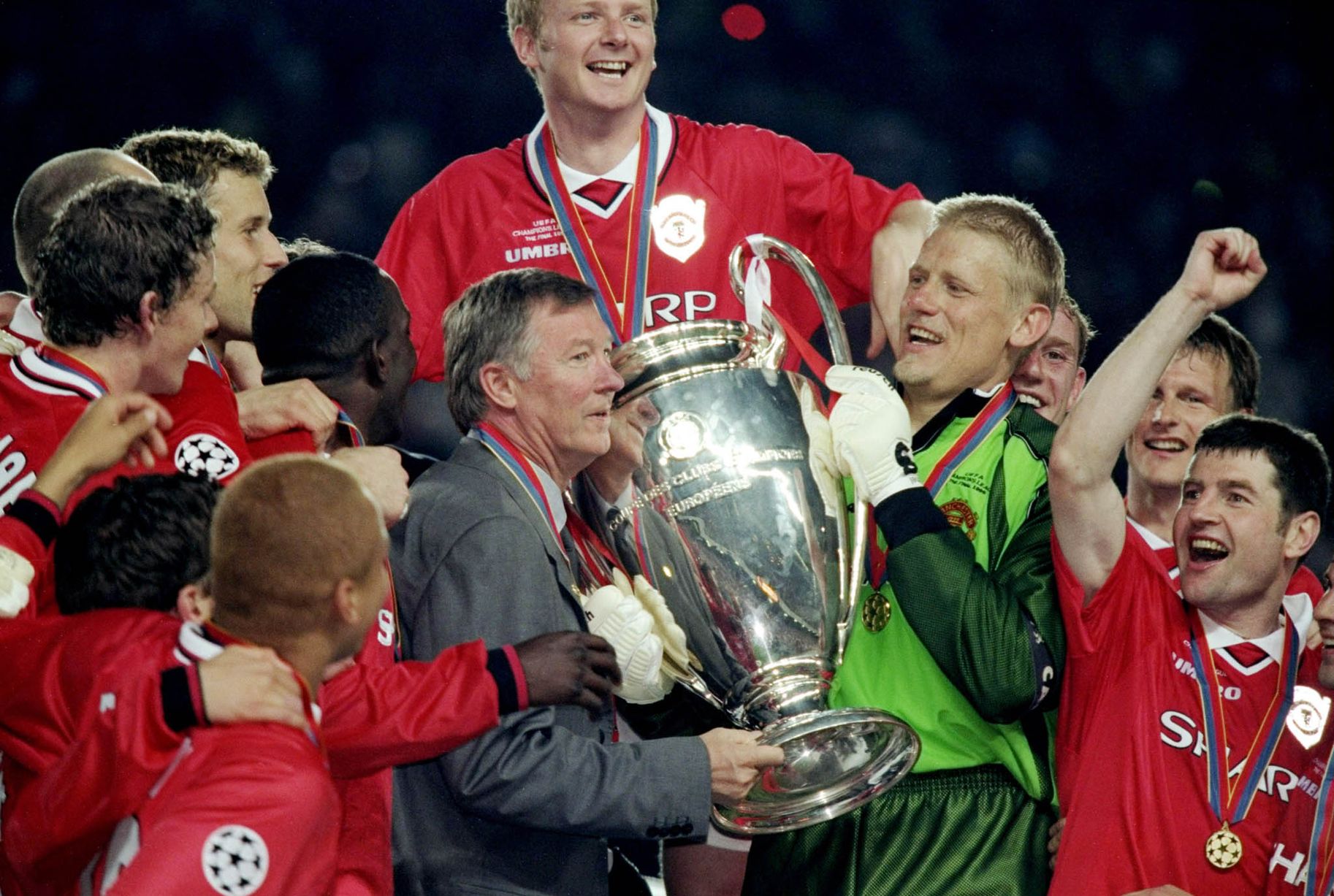The Champions League is the greatest tournament in European football, featuring many of the best players in the world. To many, it seems like it has been around since the dawn of football, but its origins actually only date back to 1992. How did it get started in the first place? Well, since its very existence was recently shaken with the announcement of the proposed European Super League, it makes sense that we look at the great tournament in a closer level of detail.
The European Cup
While the great teams in Europe battled it out before 1955, this was the time that an official European Cup was established and gained a great deal of popularity during this time. Even in those early days, Real Madrid was still a dominant team, and they boasted a few of those early titles. The first British team to achieve official European success was Celtic in 1967, and Manchester United quickly followed this up in 1968. As football continued to become more of a global sport in the 1980s and early 1990s, the big dogs in the game sensed an opportunity that it could be marketed even more successfully.
Champions League Origins
The UEFA Champions League as it continues to be known today, first came along in the 1992/93 season. A big part of the money that started to flow into the game came along thanks to the TV rights. This type of commercialization had not been seen in football before, but it took off in a big way. Indeed, the 1990s was a period in which all sports received a huge boost in marketing. The establishment of the Champions League also coincides with a greater period of integration amongst the European nations in general with the establishment of the Maastricht Treaty and Single European Act.
Reinvigoration
While the Champions League continued with a certain degree of success, it was then threatened for the first time with the potential establishment of a European Super League at the end of the 1990s. UEFA responded to protect the interests of its major tournament by increasing the number of clubs in the Champions League to 32 and ensuring that qualification was achieved by many of the top teams who performed well in their respective leagues and cup competitions.
Money and Power
As mentioned earlier on, television really boosted the game’s widespread appeal, but this has been boosted even further with the creation of the internet, which has made watching football on demand more of a possibility than ever before. Not only this, but millions of people check out the Champions League odds and enjoy the sport in this way through betting. Of course, the threat of a European Super League has always lingered on in the background, and it is possible that it could be making a return in the not too distant future.
So, there you have a brief history of the Champions League and how it came into being.




